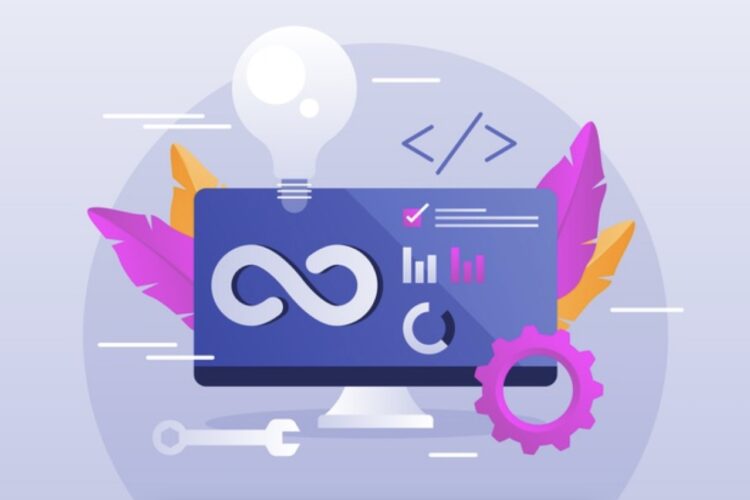
When it comes to developing a mobile app with similar functionality for iOS, Android, and even Windows, one of the first questions clients often face is: should the app be developed natively for each platform, or would a cross-platform approach—building the app once and deploying it on multiple platforms—be a better choice? Let’s explore the pros and cons of each method to clarify this decision.
The Motivation Behind Cross-Platform Development
Cross-platform development often arises from a desire to save resources. No business wants to lose potential users on other platforms, but writing code twice—once for each platform—can increase development costs substantially. To better understand the merits of each approach, let’s first define native and cross-platform development and see how they differ.
Native Development
For iOS, the primary language is Swift, introduced by Apple in 2014 as the main language for all Apple products, replacing the older but still-supported Objective-C. Android development, on the other hand, typically uses Java or Google’s newer language, Kotlin. When we talk about writing apps in Swift or Objective-C for iOS, or Java or Kotlin for Android, this approach is called “native” development. Each platform has its own set of native languages because the system’s libraries rely on these languages, allowing direct access to platform-specific functions.
What is Cross-Platform Development?
Cross-platform development involves writing a single codebase that can run on multiple platforms. There are two main approaches to this, each with its unique benefits and challenges.
Approach 1: Translating Non-Native Code to Native
The idea here is to create a unified codebase supplemented by a “wrapper” unique to each platform. This wrapper translates common commands into native platform calls.
Example: If you want to open the device’s camera within your app, both Android and iOS have the same basic functionality. Rather than writing separate code for each platform, cross-platform solutions allow you to use one codebase to open the camera, which then calls the native functions on each platform. This is done via a Software Development Kit (SDK), unique to each platform, that translates general commands into platform-specific calls.
Key Advantages:
- Unified Codebase: Apps can be built with languages like C# or JavaScript.
- Native Performance: With dedicated wrappers, the app leverages platform-specific capabilities.
Key Disadvantages:
- Increased App Size: If app size is a critical factor, native development may be a better choice.
- Potential Performance Issues: The wrapper layer may sometimes impact app stability and performance.
Popular Tools: Xamarin, React Native, Flutter.
Approach 2: HTML5-Based Development
The concept here is to develop the app like a website. In this model, the mobile app essentially acts as a browser window wrapped in an app shell. This approach has some clear advantages and disadvantages.
Key Advantages:
- Web Development Stack: Using familiar tools like JavaScript, HTML, and CSS allows web developers to create mobile apps for multiple platforms.
- Single Codebase: HTML and CSS look identical on both iOS and Android.
Key Disadvantages:
- Limited Functionality: Browser-based apps (using WebView) have limited access to native platform features.
- Non-Native Look: While native platform components naturally integrate with their respective systems, HTML-based interfaces look the same across platforms and may require extra customization to achieve a native feel.
- Additional Load: The browser component requires additional CPU and memory resources, which can cause slower app performance.
Popular Tools: PWA, PhoneGap, WebSocket.
Conclusion: Is Cross-Platform Development Right for You?
Cross-platform development isn’t a one-size-fits-all solution. Its main advantages are reducing codebase size and thus lowering development costs and timelines. However, these benefits come with trade-offs in terms of potential performance limitations, reduced functionality, and a less native user experience. The best choice depends on your app’s specific needs. Keep in mind that regardless of your approach, other factors can also help reduce costs and speed up development, such as having a clear technical specification and maintaining responsive communication with your project team.




